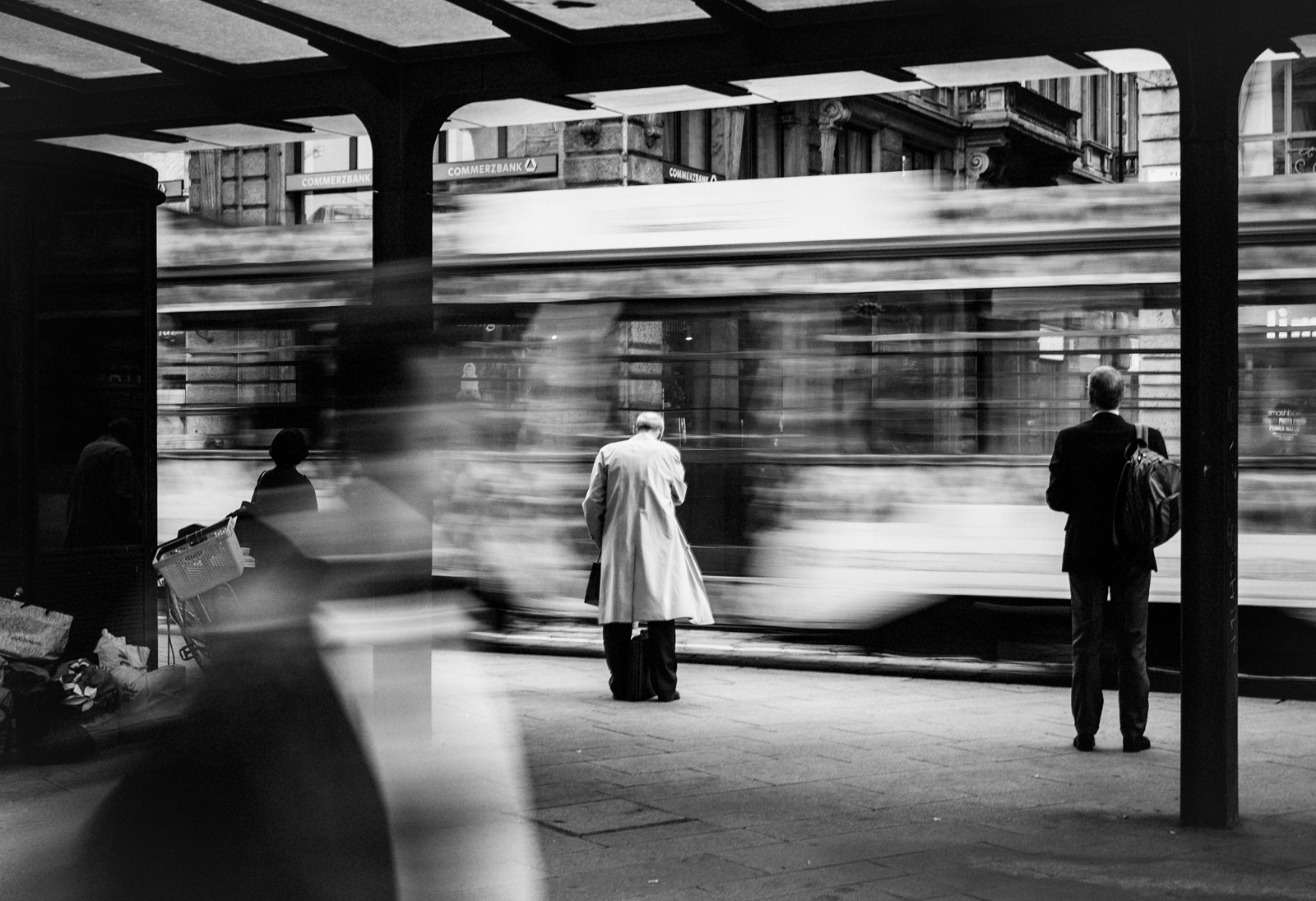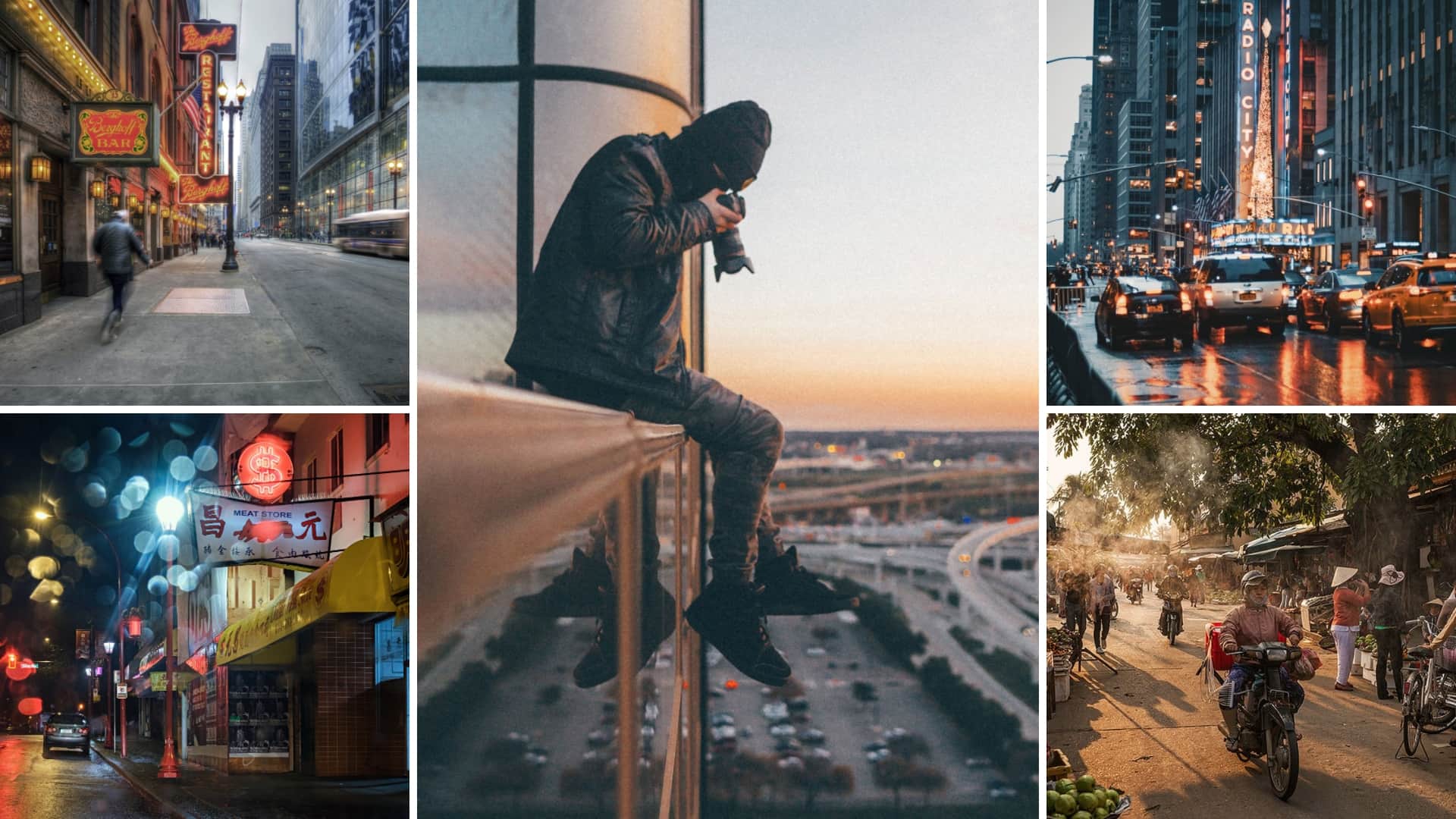Get This Report on Framing Streets
Get This Report on Framing Streets
Blog Article
More About Framing Streets
Table of ContentsAll about Framing StreetsA Biased View of Framing StreetsIndicators on Framing Streets You Should KnowFraming Streets Can Be Fun For Everyone3 Easy Facts About Framing Streets DescribedSome Known Factual Statements About Framing Streets
Digital photography style "Crufts Canine Show 1968" by Tony Ray-Jones Road photography (also in some cases called honest digital photography) is photography performed for art or questions that includes unmediated opportunity experiences and random cases within public areas, typically with the purpose of recording pictures at a definitive or touching minute by cautious framework and timing. 
How Framing Streets can Save You Time, Stress, and Money.
Susan Sontag, 1977 Road digital photography can concentrate on people and their behavior in public. In this regard, the street professional photographer is similar to social docudrama digital photographers or photojournalists that likewise work in public places, but with the goal of catching newsworthy occasions. Any of these professional photographers' pictures may catch individuals and residential or commercial property noticeable within or from public areas, which often involves browsing honest concerns and laws of privacy, security, and building.
Depictions of daily public life develop a category in virtually every duration of world art, starting in the pre-historic, Sumerian, Egyptian and early Buddhist art durations. Art dealing with the life of the street, whether within views of cityscapes, or as the leading theme, appears in the West in the canon of the Northern Renaissance, Baroque, Rococo, of Romanticism, Realistic look, Impressionism and Post-Impressionism.
Not known Incorrect Statements About Framing Streets
Louis Daguerre: "Boulevard du Holy place" (1838 or 1839) In 1838 or 1839 the very first photo of numbers in the street was videotaped by Louis-Jacques-Mand Daguerre in one of a pair of daguerreotype sights drawn from his workshop window of the Boulevard du Temple in Paris. The second, made at the elevation of the read this post here day, shows an uninhabited stretch of road, while the various other was taken at about 8:00 am, and as Beaumont Newhall records, "The Blvd, so constantly loaded with a moving throng of pedestrians and carriages was flawlessly solitary, other than a person who was having his boots combed.
, who was influenced to carry out a similar documentation of New York City. As the city created, Atget helped to promote Parisian streets as a deserving topic for digital photography.

Excitement About Framing Streets
In between 1946 and 1957 Le Groupe des XV annually exhibited work of this kind. Andre Kertesz. Circus, Budapest, 19 May 1920 Street digital photography formed the major material of two exhibits at the Gallery of Modern Art (Mo, MA) in New york city curated by Edward Steichen, Five French Professional Photographers: Brassai; Cartier-Bresson, Doisneau, Ronis, Izis in 1951 to 1952, and Post-war European Photography in 1953, which exported the concept of street photography worldwide.

A Biased View of Framing Streets
, then an educator of young children, connected with Evans in 193839.'s 1958 publication,, was substantial; raw and usually out of focus, Frank's images questioned mainstream photography of the time, "challenged all the official regulations laid down by Henri Cartier-Bresson and Pedestrian Evans" and "flew in the face of the wholesome pictorialism and sincere photojournalism of American publications like LIFE and Time".
Report this page